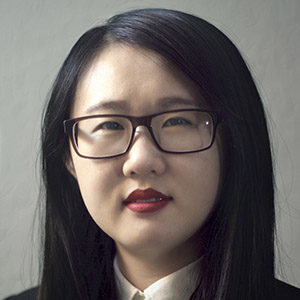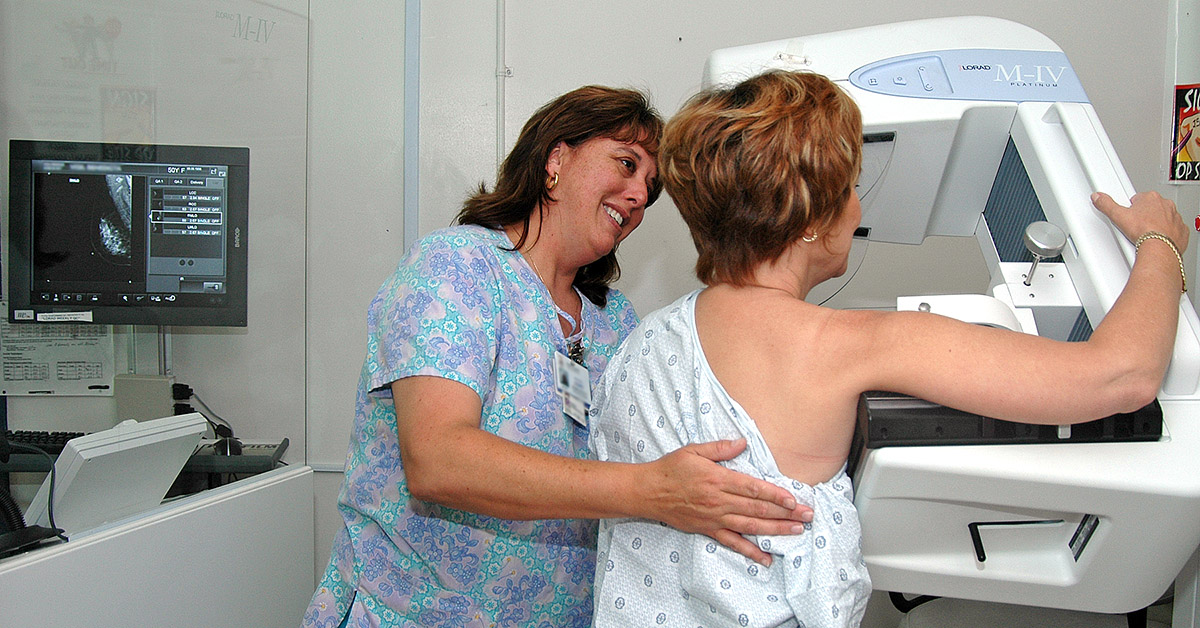In 2009, the United States Preventive Services Task Force (USPSTF) recommended against routine mammogram screening for women ages 40-49 who are at average risk for breast cancer and noted that decision to start before 50 should be an individual one. In its 2016 updated recommendation, the task force was not against routine screening for this age group, but emphasized the decision should be an individual one, based on individual circumstances and screening preferences. In 2015, the American Cancer Society (ACS) updated its 2003 breast cancer screening guidelines, changing the recommended starting age of routine screening from 40 to 45. These new recommendations all emphasized the importance of younger women weighing the potential benefits of mammograms against the possible harms to make an informed decision about when to begin routine screenings.

In a study recently published in the journal Preventive Medicine, University of Minnesota researchers surveyed 557 U.S. women aged 30-59 regarding their views on mammograms. Survey participants were presented with information on four potential benefits of mammograms (e.g., early detection, earlier treatment) and seven potential harms (e.g., overdiagnosis of cancer that wouldn’t have caused health problems, false positives). Participants rated how personally important they perceived each benefit or harm to be. The researchers then examined what factors were related to their importance ratings, such as women’s mammography screening history; awareness of new screening recommendations; and if their perceived importance of the harms and benefits were associated with their screening ambivalence.
The study found:
- women perceived the benefits of mammograms to be significantly more important to them than the harms;
- women who were aware of recent mammogram recommendations perceived the harms as more important than did those who were not aware of the recommendations;
- women who had a mammogram in the past year were particularly less likely to view the harms as important and even more likely to view the benefits as important, compared to women who had never had a mammogram;
- the more women perceived harms as important, the more ambivalent they felt about getting mammograms.
“Since our data suggest the benefits of screening may be more readily understood and appreciated by women, providers and public health practitioners may need to use various methods to integrate discussion of potential harms into conversations about screening initiation, such as decision aids that support such conversations beyond simply providing information about harms,” says lead author and School of Public Health PhD student Xuanzi Qin.
“If professional organizations like the USPSTF and ACS are asking women in their 40s to weigh the potential benefits and harms of mammography screening, then we need to ensure that women do in fact understand both so that they can make informed decisions,” says Rebekah Nagler, a co-author of the study and assistant professor at the Hubbard School of Journalism and Mass Communication and a Masonic Cancer Center member.
The study was funded by the American Cancer Society. The principal investigator was Sarah Gollust, an associate professor in the School of Public Health and a Masonic Cancer Center member.

